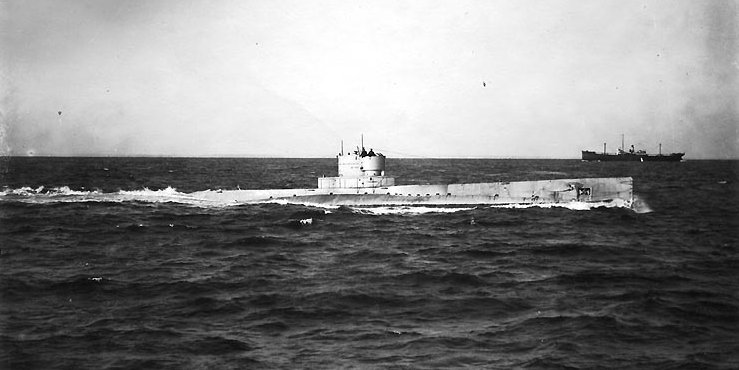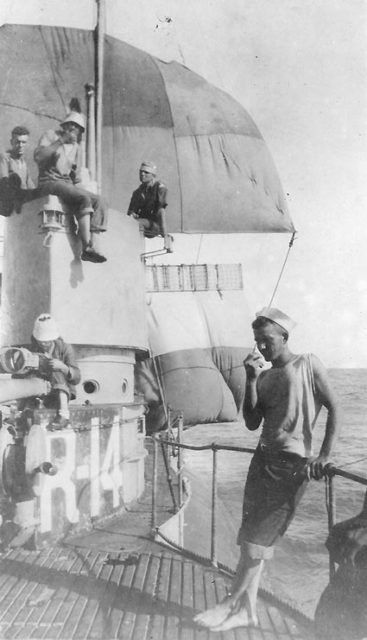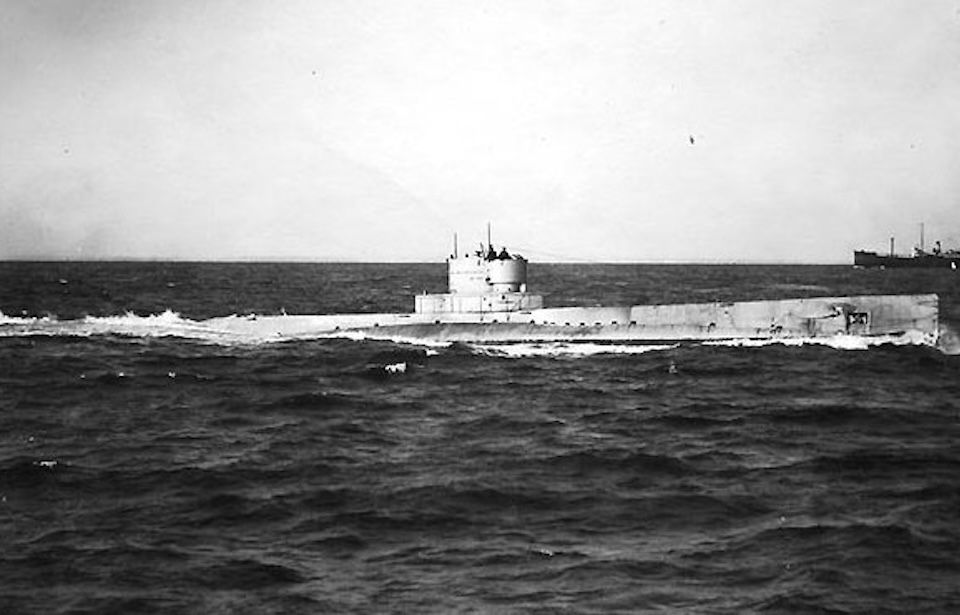By today’s standards, a 1918 submarine might appear rather basic, but even then, using sails for propulsion was already considered outdated. Yet, the crew of USS R-14 (SS-91) was forced to improvise by crafting makeshift sails from bed sheets and blankets when their submarine lost power more than 100 miles from Hawaii.
The USS R-14 was part of the R-class submarines, a design that served the US Navy from 1918 until the conclusion of WWII. Development of this class began shortly after the US entered WWI in early 1917. A total of 27 submarines were built, though most were completed after the war, meaning none participated in combat.
These submarines succeeded the earlier O-class and were the first US submarines to feature 21-inch (533 mm) torpedo tubes, a standard that remains widely used worldwide today. They also carried a 76 mm deck gun, capable of serving as both an anti-aircraft and a general-purpose weapon.
Weighing 640 tons and stretching 186 feet in length, these submarines utilized a diesel-electric propulsion system, which was a common technology at the time. Two 600 hp diesel engines powered two 467 hp electric motors, which operated off a large battery bank when submerged due to the diesel engines’ air requirements. When surfaced, the R-class could achieve a top speed of 12.5 knots (14.4 mph) and reach 10.5 knots (12.1 mph) while submerged
USS R-14

Construction of the USS R-14 started in 1918, and she was commissioned before the end of 1919. While she did not see active duty during WWI, the submarine remained engaged with the Pacific Fleet during peacetime, playing a role in developing and improving submarine and anti-submarine warfare tactics. She also participated in search and rescue operations.
The USS R-14 continued her service into WWII, primarily as a training vessel, and received an overhaul in 1941. Eventually, she was removed from the Naval Vessel Register in May 1945 and dismantled for scrap in 1946.
The return to wind power

In 1921, the USS R-14 was participating in a search and rescue mission for the USS Conestoga, a US Navy ocean-going tug. Conestoga had disappeared while on her way to the South Pacific Ocean, which prompted a major search for the vessel.
In May of 1921, while surfaced and searching for the Conestoga, R-14 ran out of fuel and lost radio communications. The crew was about 100 nautical miles away from Pearl Harbor when the vessel ran out of fuel, a distance too far for her to reach on battery power alone. On top of this, the USS R-14 only carried enough food to last the crew 5 days.
The submarine was dead in the water, without any power and no way of calling for help.
Fortunately, the submarine’s engineering officer Roy Trent Gallemore came up with an unusual but smart plan. Gallemore suggested going back to the basics, and sailing R-14 to Pearl Harbor under wind power.
To do this, the crew tied together several bunk bed frames and attached them to the torpedo-loading crane in front of the conning tower. They then tied a foresail made out of eight hammocks to the bed frame assembly.
With just this one sail, R-14 began to move at a speed of 1.2 mph and gained rudder control. Gallemore’s plan was clearly working, so the crew added another sail made from six blankets to the radio mast, which increased the submarine’s speed by a further 0.58 mph. A third sail comprised of eight blankets added another 0.58 mph to the R-14‘s speed.
The submarine was eventually able to start charging its batteries. R-14 and all of its crew arrived at Hawaii 64 hours later, after a long and slow journey.
Are you a fan of all things ships and submarines? If so, subscribe to our Daily Warships newsletter!
R-14‘s captain, Lieutenant Alexander Dean Douglas received a commendation for his crew’s clever problem solving from Chester W. Nimitz, his Submarine Division Commander.
The USS Conestoga would never be found in the search, or for another 95 years. The tug boat was discovered in 2009 just off the coast of California, and its identity was confirmed in 2015.
